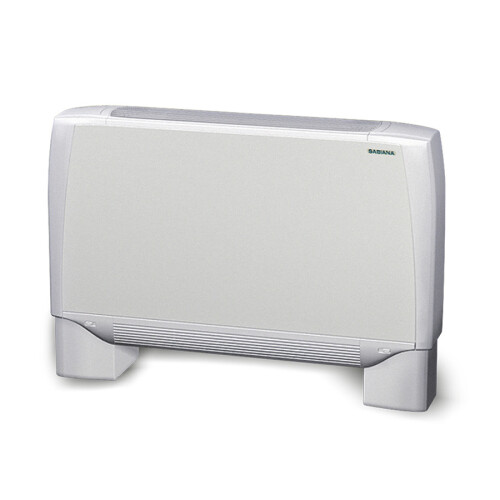Filters
Filters in air handling systems: ensuring air quality and energy efficiency
Filters are essential components in air handling (HVAC) systems, as they ensure the cleanliness of treated air and contribute to maintaining the system’s operational efficiency.
These devices remove dust, pollen, bacteria, viruses, and other airborne contaminants, improving indoor air quality and protecting the health of building occupants. In this article, we will explore the characteristics of air handling system filters, their benefits, how they work, and key considerations for their selection and maintenance.
Page: 1 di 1
Characteristics of filters in air handling systems
- Filtration materials: Filters can be made from various materials, such as fibreglass, polyester, paper, and synthetic media. The choice of material depends on the specific application and the type of contaminants to be removed.
- Filtration efficiency: Measured as the percentage of particles removed from the air, a filter’s efficiency is a key performance indicator. HEPA (High-Efficiency Particulate Air) filters are among the most efficient, with a minimum efficiency of 99.97% for particles as small as 0.3 microns.
- Dust holding capacity: This refers to the amount of contaminants a filter can retain before requiring replacement or cleaning. A higher dust holding capacity means less frequent maintenance.
- Pressure drop: Pressure drop refers to the resistance to airflow caused by the filter. Filters with low pressure drop reduce the energy consumption of the air handling system.
- Types of filters: There are various types of filters, including pocket filters, panel filters, pleated filters, and electrostatic filters, each designed for specific filtration needs.
How filters work in air handling systems
- Mechanical filtration: Most filters use mechanical filtration, capturing airborne contaminants as air passes through the filter media. Larger particles are trapped on the surface, while smaller ones are captured within the filter material.
- Electrostatic filtration: Some filters use an electrostatic charge to attract and retain airborne particles. These filters can be more effective at capturing fine particles than mechanical filters.
- Chemical filtration: Activated carbon filters and other chemical filters absorb gases and vapours, removing odours and volatile organic compounds (VOCs) from the air.
- Combined filtration: Many air handling systems use a combination of mechanical, electrostatic, and chemical filters to achieve comprehensive filtration and improve indoor air quality.
Considerations for filter selection and maintenance
- Filter classification: It is important to choose a filter with the appropriate classification based on the specific needs of the air handling system and the environment in which it will be used. Common classifications include MERV (Minimum Efficiency Reporting Value), HEPA, and ULPA (Ultra-Low Penetration Air).
- Replacement frequency: Filters must be replaced regularly to maintain the efficiency of the air handling system. The replacement frequency depends on the type of filter, the level of airborne contaminants, and system specifications.
- System compatibility: Ensuring that the filter is compatible with the existing air handling system is essential in terms of size, dust holding capacity, and pressure drop.
- Regular maintenance: Regular filter maintenance includes cleaning or replacing filters, inspecting the system for leaks or damage, and checking the air handling system’s performance.
- Operating costs: Consider long-term operating costs, including filter replacement expenses and system energy consumption, to select the most cost-effective and efficient solution.





